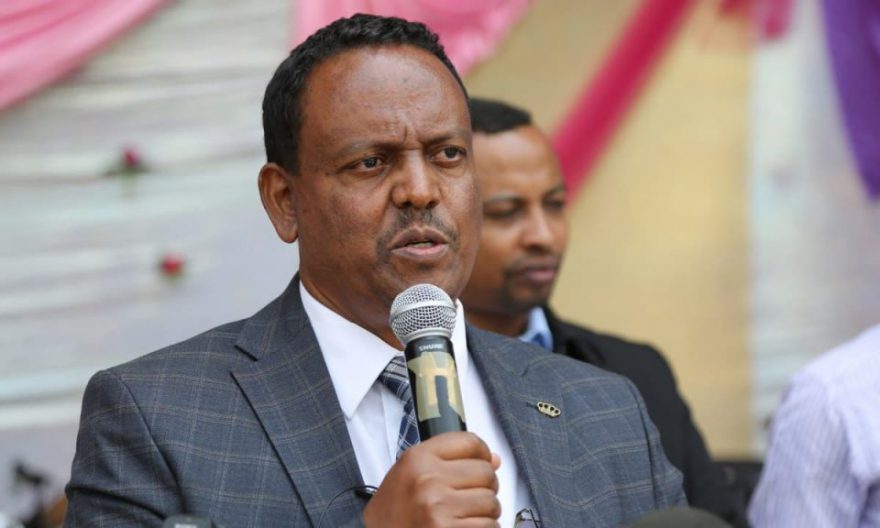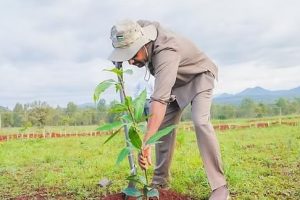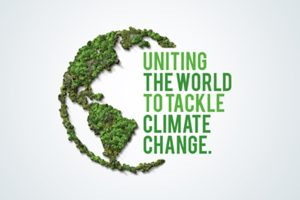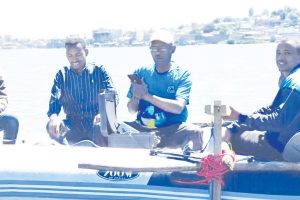
BY HAFTU GEBREZGABIHER
The successful second filling of the Grand Ethiopian Renaissance Dam (GERD) that is 13.5 million meter cubic shows that the supervision and follow up is very close and strengthened. The fact that the buildup of such capacity within a year since the first round filling of the dam also shows that the inputs needed for the project are being fulfilled.
In general, the follow up and leadership starting from the top government officials including the Prime Minister, the Water, Irrigation and Energy Ministry can be taken that it has played its own role, says Dr. Wondimu Tekle, Commissioner of Irrigation.
“Any project has its own challenges by its nature, particularly projects related to electromechanical and energy, the main challenging issue is that the geotechnical part. However, the GERD has passed down through these challenges successfully. The rest are the civil and complex nature of electro mechanical works.” Wondimu noted.
“Thus, through process we have been developing our capacity in such works, and basically the signing of the DoPs in 2015 that took international standards in to consideration has laid foundation to put Ethiopia in the highest place.
Therefore, issues in relation to legal challenges have been settled. And the fact that as the bargaining capacity of the country is rising, the challenge goes not to the GERD rather in other national projects that could potentially be constructed in the future. As we have been dealing with such issues very carefully in the previous time, we need to strengthen these in our journey.
To this effect, the installation of the 13 turbines at this juncture is very critical which demands high resources and technical knowledge. The current challenges from the lower riparian states are mainly related to diplomatic pressures that has no impact on the project’s present status.
Hence, I believe that we are on the right truck. We reached at this level solving both the technical and other challenges at various levels, there are signs that the project will go to its final stages at high pace from now then.
An integrated hydropower plant like that of the Grand Ethiopian Renaissance Dam (GERD) is the most cost-effective, flexible and reliable source of energy which can be contributed to reducing poverty, various researchers found.
The GERD is the hydropower plant in Ethiopia which has the contribution to sustainable development in environmental, economic and social perspectives. On the other hand, it has the impact on the existed biodiversity, terrestrial ecosystem and the local communities. The project is highly connected to environmental sustainability and climate change resilience. However, producing clean energy is not a guarantee for sustainability.
In this regard, the project has been analyzed the opportunities of the GERD sustainability to maintain its maximum production and ecosystem at the national level.
The World has been challenged by poverty, such as lack of to access food, safe water, modern energy, and environmental catastrophes; climate change impact of global warming, natural resources degradation, loss of biodiversity and disruption of ecosystem services.
Moreover, the global communities have been faced with challenges in all three dimensions of sustainable development; economic, social and environmental (UN, 2013).
On the other hand, the number of population, their demand, and activities are increased, an unsustainable consumption and production patterns have resulted in economic and social costs may affect the human life and the natural resources as well. The climate change impact affects environment sustainability and ecosystems which maintaining, providing, regulating and supporting services for the human well-being and nature as well.
In fact, poverty is multidimensional indicators which including lack of basic needs and modern energy (UNDP, 2006; Reddy, 2000) which are highly connected with the human well-being. In this regard, the RIO+20 of World Summit of the United Nations taken account to promote sustainable development at the global level which can be minimizing poverty, human impact, and environmental risk, and to enhance the benefits of nature (UN, 2012).
In 2013, the UN adopted the new agenda 2030 of sustainable development that focused on the economy, environment and social equity interaction which has been applying on seventeen goals, including poverty reduction, ensure to access affordable, reliable, sustainable and modern energy for all (UN, 2015).
In addition, the UN has taken positive action to combat climate change and its impacts, to access clean water and sanitation, protect life on earth, promoting sustainable cities and communities, and climate change resilience action. However, the UN’s Millennium Development Goals aimed to eradicate extreme poverty, improve living conditions and facilitate progress towards sustainable development, but not addressed access to modern energy.
Sustainable development is a concept which concerns local, regional as well as global challenges of “common future” that focused on human well-being activities that interact with the nature in a sustainable way. The concept widely accepted and well recognized since 1987 the United Nations Brundtland report that defined the “ability to make development that meets the needs of the present without compromising the ability of future generations to meet their own needs” (UN, 1987).
Moreover, sustainable development has been addressing an integration of economic, social and environmental objectives of society in ways that maximize the human life, without compromising the ability of future generations to meet their needs (OECD, 2001). However, the global environmental sustainability is under threat, with accelerating growth in global greenhouse gas emissions and biodiversity loss (UN, 2013).
In the face of rapid growth in the global demands for water, energy, and food, building large dams is expected to continue. Due to its potential opportunities and risks for the people of the Eastern Nile Basin, the Grand Ethiopian Renaissance Dam (GERD) on the Nile River has commanded regional and international attention. Once completed, it will rank the largest hydropower dam in Africa and among the largest worldwide.
The GERD’s generated electricity could reduce regional greenhouse gas emissions if combined with cleaner intermittent solar and wind energy sources. With a maximum reservoir area of 1904 km2, surface evaporation and consequently local extreme precipitation and humidity could increase. The aforementioned impacts could have transboundary ecological, agricultural, and health implications and, therefore, should be taken into consideration alongside the benefits of the dam.
THE ETHIOPIAN HERALD JULY 20/2021





